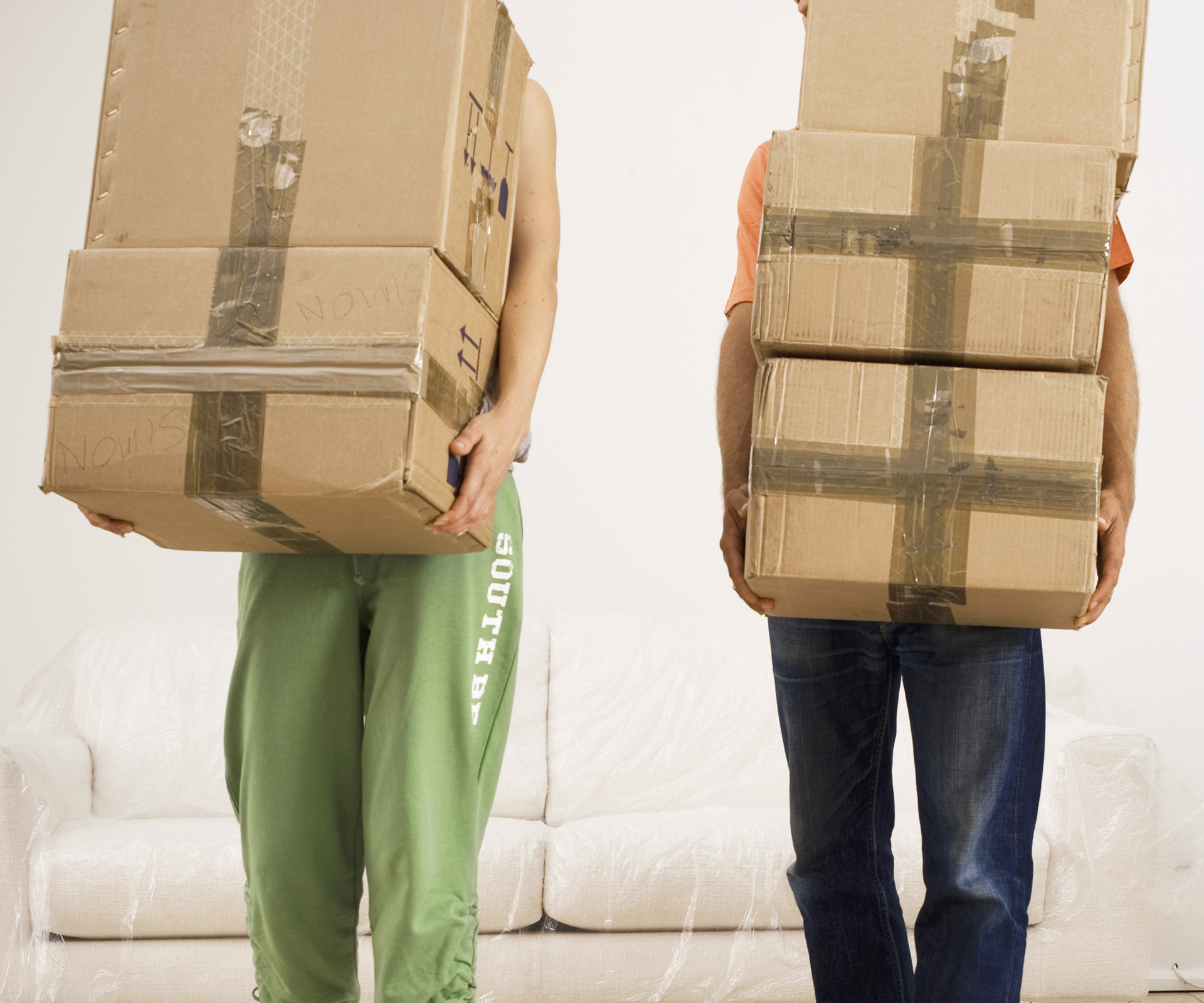Self-help books are full of it: challenge yourself. Popular belief tells us that new experiences are the cornerstone to evolving into a better version of yourself and if it’s an unfamiliar, challenging situation, then all the better.
I feel in need of self-improvement and have decided to conduct my own experiment by putting myself in three situations I have actively avoided. Until now.
I want to see if I can indeed become a more fully developed human, or if your innate personality cannot be changed through learned behaviour and experience. In other words, will I always be a less-than-attentive mother, avid consumer and hoarder of the superfluous, and a non-community focused individual?
EXPERIENCE ONE – THE TRAMP
Has a family tramp into the Coromandel bush, exactly where two Swedish back-packers went missing back in 1989, ever sounded like a good idea? The closest I’ve ever come to hiking boots is wearing my Beau Coops Chelsea boots with metallic insert to the school gate.
Yet, my husband and I want to give our two children a good Kiwi experience and, hopefully, bring our dysfunctional family a bit closer together. We’re going with two other families, one of which is so good at tramping and trekking, scaling Mt Everest would probably be only mildly challenging.
FOOTWEAR FAUX PAS
A few days before we set off, we realise how hopelessly unprepared we are. I am planning to wear my Blundstones, jodhpurs and a patterned Standard Issue knit and put the kids in their Adidas sneakers, but we’re told in no uncertain terms that we need to hire proper hiking boots. I go one step further and pick up some matching walking poles as well. Fake it ’til you make it!
For the first 20 minutes or so of the walk, I commune with nature as we cross well-made bridges over pretty waterfalls. Then we reach the kauri grove and start to ascend, and I think how great it would be to get the climb over with early. The four-and-a-half hour walk, excluding 90 minutes of breaks, is mostly uphill and some of it is so steep I’m on my hands and knees dragging myself up over tree roots like a hobbit. Destroying the ring would probably be only slightly more difficult.
About 90 minutes before we reach our destination – a hut in which we’ll live for the next couple of days – it’s as though I’m having an out-of-body experience; I no longer feel the scratches from the bush, the fatigue or anything else. I am a robot.
TOTALLY CRACKERS
The teen whines most of the way; I do the same internally, but – victory – the boy walks with an advance party of boys who don’t stop chattering all the way. Somehow we reach the hut, which is like something out of Home magazine – all ply, sharp angles and corrugated iron, except with a long drop and no power.
Normally I’m one to pack everything including the kitchen sink (Morocco to Paris, 2014), but we had very limited space so decided to live off crackers, whereas the others keep pulling freeze-dried raspberries, three different types of paleo muesli and unbruised bananas out of packs not much bigger than ours. With experience, it seems, comes better food.
I manage to overcome the lack of toilet facilities by doing without a mirror – at least I don’t have to see how dreadful I look in layers of polar fleece accessorised for the evening with a particularly fetching light fixed to my forehead with an elastic band.
Still, it’s about the kids, not me. The boy is becoming less boorish but the teen lies in her sleeping bag for two days straight, getting up only to eat and play games in the evening. Being naturally inclined towards inertia, I find the endless games of Cribbage, Scrabble and Monopoly the best bit of the trip – very Jane Austen heroine on a weekend party at Mr Bingley’s – and it’s only then the teen really comes alive.
END IN SIGHT
The vigorous games of Cluedo are all I can manage after such physical exertion as I conserve energy for the dreaded walk out.
While it felt like eternal damnation on the way up, it is easier on the way down because you know there is an end to it – just not for a very long time. Still, I have my walking poles so I manage not to fall over all the time as we descend, which gives me time to notice the teen isn’t moaning about all the mud, and bush, and a broken fingernail.
The verdict: Giving up creature comforts, extreme tramping, sleeping like sardines in two rows of six, and not losing any weight from an insane amount of walking is definitely not worth the slight improvement in the children’s attitudes. Still, memory is a funny thing. In time I’ll confuse the experience with an episode of Little House on the Prairie and yearn to do it all over again.

EXPERIENCE TWO – THE DO-GOODER
I commit to doing a good deed every day with the aim of being a good Samaritan with a trace of Angelina Jolie. I’m so vague on what exactly constitutes a good deed, however, that I ask my husband if buying fair-trade bananas counts. It doesn’t.
Apparently I must put myself out and actually help people. So when I come back from the school run proud of myself for stopping at the lollipop signs so the children can cross, he tells me that’s just common courtesy.
SO FAR, CHAUFFEUR
I get my chance the next day though when I volunteer to drive a friend’s daughter back from dance class each and every Monday evening. Her ukulele group rehearses that night, so her husband must forego his yoga class and wait at the dance studio with their younger son as he can’t be left home alone. Doing this adds an extra 15 minutes to my usual route and it is therefore most definitely a ‘good deed’.
The following day’s good deed also involves giving someone a lift, but driving people around isn’t giving me a warm Mother Teresa glow. I find myself jealous of one of the mothers volunteering to be her son’s soccer team coach.
I phone a friend. She’s been a volunteer helper to a refugee family for years. I’m not ready for a whole refugee family of my own, but perhaps I can help her help them. She kindly offers up one of the children – perhaps I could give her an English lesson? She tells me the girl is terribly shy though, and would need to meet me a few times before she felt confident enough to even think about allowing me to extend her vocabulary. I realise my friend is actually trying to do me the favour, so I retreat.
A few days later I think I see an oppor-tunity to be a real do-gooder. A cycling fanatic friend has had a nasty accident coming off his bike. His face is badly cut up, he has lost a tooth, broken his nose, and fractured his arm so badly the bone punched through the skin. He is hospitalised. I phone his wife to offer my services. “If there’s anything, ANYTHING I can do for you, let me know.”
Turns out she’s one of those incredibly capable people and manages work, two children and a week’s worth of hospital visits without any help from me.
DOING IT FOR THE KIDS
The following week, I’m a parent helper on a school trip to the zoo and I tell the teacher I’d be only too happy to volunteer for any-thing around the school. That was three days ago and I still haven’t heard from her. But I do count the parent help as a good deed, even though I love the zoo more than most kids. I also let others go in front of me at the supermarket and I’m a far more courteous driver than my usual road-rage self. I feel calmer and I’m a little nicer in my day-to-day dealings with strangers. And – such is the nature of my magnanimity – I even take a lovely, if worn, Karen Walker jacket to the Salvation Army shop with other clothes, books and kitchen items.
At last, there’s a breakthrough. The school newsletter broadcasts a desperate plea to find parents to run a weekly programme for two-hour stints. Although neither of my children are participating, I sign on for several weeks – surely a bona fide good deed in anyone’s book?
The verdict: I’m not so sure it is easier to give than to receive. So far, I’d rate myself one rung up from Kim Kardashian’s idea of a good turn: signing a copy of her Selfish book. Once word gets out I’m a selfless person though, I feel certain the floodgates will open and I’ll happily do what’s required of me. Oh, the humanity.
EXPERIENCE THREE – THE DECLUTTER
There is one book that hasn’t gathered dust under my bed: Stuffocation by James Wallman. It’s the latest treatise in a long line of self-help books about why not buying stuff and clearing out your house makes you happier, more focused and less stressed. It is about ‘living more with less’.
My interiors style is Grey Gardens clutter with a dash of junk shop. Give me a few years and I could end up on one of those telly programmes about hoarders. And it’s not just me. My husband is the same. When I finally decide to have a clean-out I can be ruthless, only to find him taking stuff out of the bin – things he doesn’t want, but doesn’t want to see go to waste.
WARDROBE CULL
Wallman’s theory is that our competitive, materialistic, throwaway culture means we all have too much stuff. And we keep wanting it. It’s partly a way to validate our existence by having the latest this, the top of the line that. He believes we should replace materialism with experientialism – that is, doing, not buying, stuff (although some extremists have culled their possessions to under 100 objects, toothbrush included).
I start with a long-term project – my wardrobe. Instead of treating it like an archive of what I wore at 18, I become merciless. Well, not as brutal as the stylists who tell you to get rid of anything you haven’t worn in six months. My cut-off is more like five years.
I move on to an armoire that has all my baking stuff in it. It’s so packed I’ve taken to opening one of the doors very slightly, then throwing something in before locking the door again. Decluttering four shelves takes four hours. In the kitchen I tackle one set of cupboards after another, then on to the bathroom. It feels liberating to throw away face scrubs that date back almost to the first apricot kernel exfoliators. Suddenly I can find things quickly and everything has a place.
Room after room is decluttered. Well, when I say this I don’t think minimalist designer Charles Eames would agree, but it is good to take the white 70s stereo (collectable) and Chippendale chair (still waiting to be restored after 15 years) out of the shower in the second bathroom.
DECLUTTER STUTTER
There are just two rooms to go. Three if you count the playroom, but I don’t. That’s the kids’ problem. If they still want Mr Potato Head at 13, so be it. So it’s just the office and the rather grandly named library-slash-music-room. I just don’t seem to be able to make any headway in the office though, because a lot of the stuff I’ve cleared out of the rest of the house has somehow settled here. And the library-slash-music-room is my secret shame. The stuff behind the door reaches halfway up to the ceiling. It’s obviously all vitally important to our lives, because we’ve never been able to throw it out. Until now. We’ll get to it just as soon as we return from our weekend away.
The verdict: I love the order I’m exerting over my life and vow to only buy things I actually need. I’m determined to focus less on the material and more on the experiential. There will be slip-ups, of course, like the air fryer I so desperately want, the linen duvet cover, the Zoe & Morgan earrings…
The final word… Ultimately, no experience is ever wasted. I’m glad I put myself in these new situations and keep challenging myself by doing things I’d never ordinarily consider. New isn’t scary, it’s just different. I now know I’m most unlikely to go tramping again, but I’ve discovered how liberating it is to declutter the house and not buy as much stuff. And I’ve found out that I like doing good deeds. Turns out your mother had the right idea when she suggested you try broccoli because you ‘just might like it’. And if you don’t? At least you know.
Words by Fiona Hawtin
Photos by iStock Images




